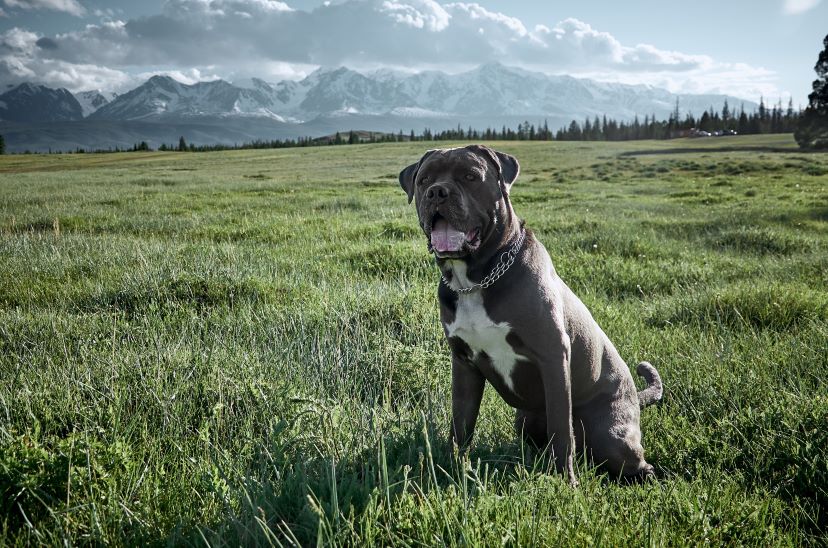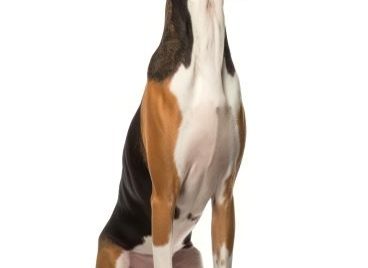Mastiff Traits & Characteristics: A Comprehensive Guide
Introduction to Mastiffs
Hello, fellow dog enthusiasts! Today, let’s delve into the world of Mastiffs – one of the largest dog breeds known to man. Mastiffs are famous for their sheer size, muscularity, and impressive stature. But they’re much more than just their physique. These dogs carry a rich history, compelling traits, and unique characteristics that make them stand out from the crowd.
Origins of Mastiffs
Mastiffs, also known as English Mastiffs, originated from Britain. These dogs trace their lineage back to ancient times, often depicted as loyal companions and formidable guard dogs in early human civilizations. Fascinating, isn’t it?
Physical Traits of Mastiffs
Size and Structure
When we say Mastiffs are big, we mean BIG. A mature Mastiff can weigh anywhere between 120 to 230 pounds, standing at 27 to 30 inches tall. They have a powerful build with a broad chest, robust legs, and a large head that complements their overall physique.
Coat and Colors
Their coats are typically short and dense, providing them with much-needed insulation. In terms of color, Mastiffs come in a beautiful array of shades such as fawn, apricot, or brindle.
Characteristics of Mastiffs
Temperament
Despite their intimidating size, Mastiffs have a heart as big as their bodies. Their temperaments are often described as gentle giants.
Courage and Confidence
Mastiffs are known for their bravery and confidence. They’re protective of their family, making excellent watchdogs.
Gentleness and Affection
But don’t let their courage fool you. Mastiffs are incredibly gentle and loving, forming deep bonds with their human companions. They’re excellent with children and are known to be patient and tolerant.
Mastiffs and Training
Early Socialization
Like any dog, Mastiffs benefit greatly from early socialization. As puppies, it’s crucial to expose them to various environments, people, and situations to help them grow into well-adjusted adults.
Positive Reinforcement Techniques
Training a Mastiff should involve positive reinforcement techniques. Remember, Mastiffs respond best to love, praise, and treats!
Health and Lifespan of Mastiffs
Common Health Issues
Mastiffs, like any large dog breed, are prone to specific health issues. Common problems include hip and elbow dysplasia, heart diseases, and obesity.
Lifespan
A healthy and well-cared-for Mastiff can live up to 6-10 years. Regular vet check-ups and a balanced diet play a significant role in their lifespan.
Living with Mastiffs
Suitable Environment
Mastiffs are adaptable and can do well in both houses and apartments, given they have enough space to move around. They are indoor dogs and should live with their family.
Exercise Needs
Despite their size, Mastiffs are not high-energy dogs. A few short walks and a moderate play session daily should suffice.
Conclusion: Is a Mastiff Right for You?
Mastiffs are loving, protective, and great companions. They might be the perfect breed for you if you have enough space, time, and love to offer.
FAQs
1. Are Mastiffs good family dogs?
Absolutely! Mastiffs are known for their love and loyalty to their family. They are patient and gentle with children, making them excellent family pets.
2. How often should Mastiffs be exercised?
Mastiffs need moderate exercise. A couple of short walks and a play session every day should be sufficient.
3. Are Mastiffs easy to train?
With positive reinforcement and patience, Mastiffs can be fairly easy to train. Early socialization is key.
4. Do Mastiffs shed a lot?
Mastiffs have a short, dense coat that does shed. Regular brushing can help manage this.
5. How long do Mastiffs live?
On average, a healthy Mastiff can live between 6-10 years.




